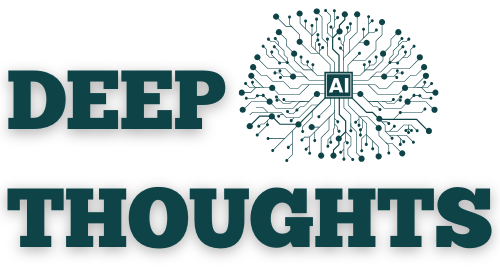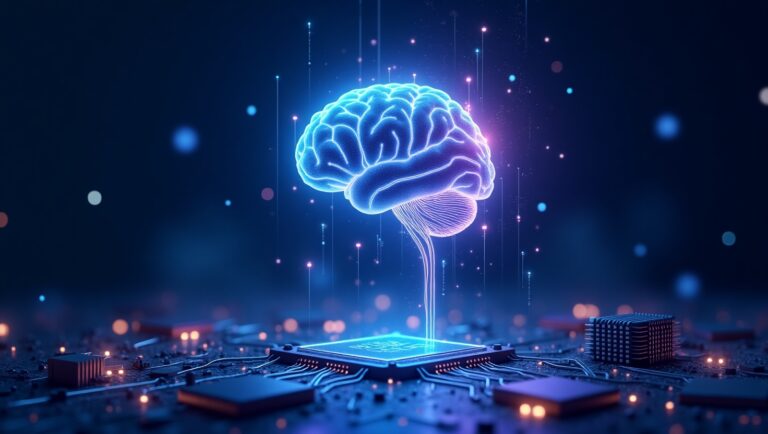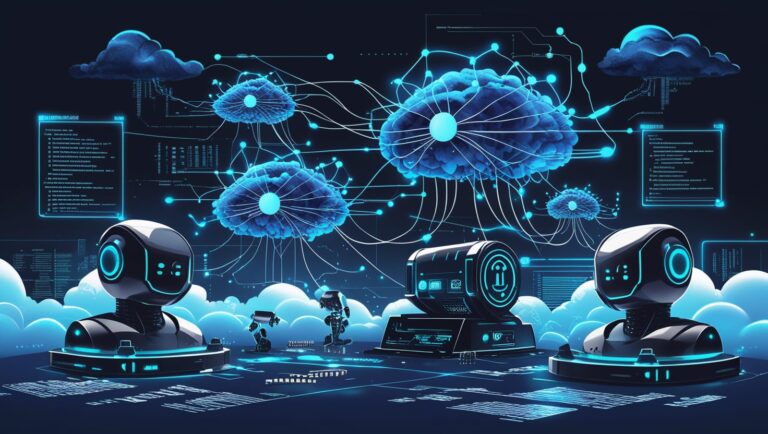The Power Behind AI
Machine Learning (ML) is one of the most exciting and transformative fields of artificial intelligence (AI), enabling machines to learn and make decisions without being explicitly programmed. From recommendation systems to self-driving cars, machine learning is already making an impact in various sectors of society. In this article, we’ll explore the core concepts of machine learning, its types, and its applications in everyday life.
What is Machine Learning?
At its core, machine learning is a subset of AI that allows computers to learn from data and improve their performance over time without human intervention. Unlike traditional programming, where a programmer writes specific instructions for a task, machine learning uses algorithms to find patterns in data and then use those patterns to make predictions or decisions.
The Basics of Machine Learning
Machine learning models work by training on large datasets to uncover patterns or relationships between variables. These models can then be used to make predictions or decisions based on new, unseen data. The more data a model has access to, the more accurate its predictions are likely to be.
Machine learning can be divided into three main types:
1. Supervised Learning
Supervised learning is the most common form of machine learning. In this approach, the model is trained on a labeled dataset, which means that the data includes both input features and the correct output (or label). The goal is for the algorithm to learn a mapping from inputs to outputs, so it can predict the correct output for new inputs.
Example: Spam email detection. The model is trained on a dataset of emails labeled as “spam” or “not spam.” Once trained, it can classify new emails as spam or not spam based on the patterns it learned.
2. Unsupervised Learning
In unsupervised learning, the model is given data that has no labeled output. The goal is to find hidden structures or patterns within the data. This can include clustering data into groups or reducing the dimensionality of the data to simplify it for analysis.
Example: Customer segmentation. An e-commerce platform may use unsupervised learning to group customers based on their purchasing behavior, without having predefined categories.
3. Reinforcement Learning
Reinforcement learning (RL) is inspired by behavioral psychology and focuses on how agents (machines) should take actions in an environment to maximize a cumulative reward. Instead of relying on labeled data, the model learns through trial and error, receiving positive or negative feedback based on its actions.
Example: Self-driving cars. The car learns to drive by receiving feedback from the environment, such as avoiding obstacles, staying in the correct lane, and obeying traffic rules.
Common Algorithms in Machine Learning
Several algorithms are commonly used in machine learning to help computers learn from data. Here are a few of the most widely used ones:
- Linear Regression: Used for predicting continuous values based on input variables. For example, predicting house prices based on features like square footage and location.
- Decision Trees: These models make decisions by splitting data based on certain features. They’re easy to interpret and are used for both classification and regression tasks.
- K-Nearest Neighbors (KNN): A simple algorithm that classifies data points based on the majority class of their nearest neighbors in the dataset.
- Support Vector Machines (SVM): Used for classification tasks, SVMs try to find the best boundary between different classes by maximizing the margin between them.
- Neural Networks: These are inspired by the human brain and are especially powerful for tasks like image recognition, natural language processing, and playing video games.
Real-World Applications of Machine Learning
Machine learning has a wide range of applications across industries. Here are a few areas where ML is having a significant impact:
- Healthcare: Machine learning algorithms are helping doctors with early disease detection, drug discovery, and personalized treatments. AI models can analyze medical images, predict patient outcomes, and identify patterns in large datasets of health records.
- E-commerce: Platforms like Amazon and Netflix use machine learning to recommend products or content to users based on their preferences and past behaviors. These recommendation systems personalize the shopping experience.
- Finance: In finance, machine learning is used for fraud detection, algorithmic trading, and risk assessment. ML models can analyze transaction data to identify fraudulent patterns or predict market trends.
- Transportation: Autonomous vehicles use machine learning to navigate through traffic, recognize obstacles, and make real-time decisions to improve safety and efficiency.
- Customer Service: Many companies use chatbots powered by machine learning to answer customer inquiries, solve problems, and provide support 24/7.
Challenges in Machine Learning
Despite its impressive capabilities, machine learning faces several challenges, including:
- Data Quality: ML models require large amounts of high-quality data to function effectively. If the data is biased, incomplete, or noisy, the model’s predictions can be inaccurate.
- Interpretability: Some machine learning models, especially deep learning models, are like black boxes, meaning their decision-making process is hard to understand. This can be problematic in fields like healthcare or finance, where transparency is essential.
- Overfitting: If a model is trained too well on the training data, it might fail to generalize to new, unseen data. This is known as overfitting and is a common issue in machine learning.
The Future of Machine Learning
The future of machine learning looks promising. As computing power increases and datasets grow, machine learning models will continue to improve in accuracy and capability. In the near future, we can expect even more advanced AI applications in areas like autonomous systems, healthcare, and personal assistants.
Machine learning is expected to remain at the forefront of AI development, enabling more sophisticated, efficient, and automated systems in nearly every aspect of our lives. Understanding its core principles today is the key to unlocking its potential in the future.



